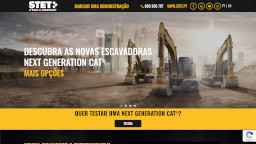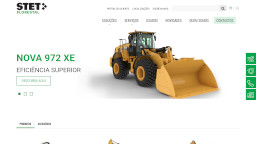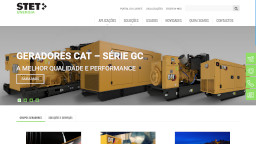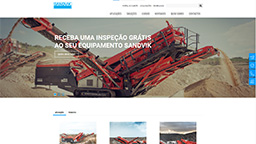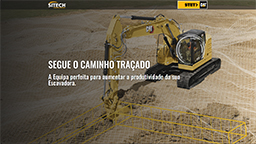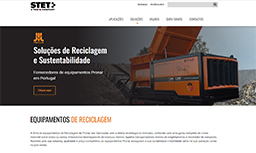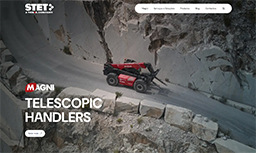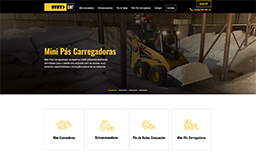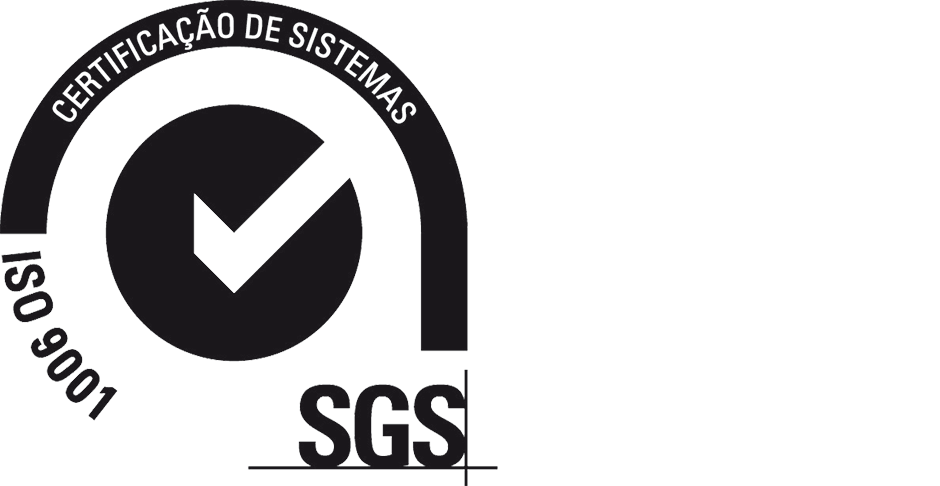Serviços
Fluid Analysis
AVOID UNEXPECTED DOWNTIME AND FAILURE OF YOUR EQUIPMENT WITH A REGULAR CHECK-UP OF OIL, COOLANT AND FUEL.
Fluid Analysis – Analysis of Oil, Coolant and Fuel – is the most accurate and most reliable way to see what’s going on inside your equipment, ensuring peak performance and minimizing your operating costs.
You’ll save a lot of money with Cat® S·O·S Services. A regular check-up of your oil, coolant or fuel is especially useful in planning and decision making and is the right solution to avoid unexpected failures and downtime.
All you need to do is provide the sample. Our fluid analysis specialists do the rest – with patented processes, sophisticated chemistry and the most up-to-date technology to identify excessive wear, contaminated fluids or other “invisible” problems.
The results of S·O·S Services are presented in a clear, concise and easily understood report. Each report provides recommendations and immediate actions for the detected problem, and you will be notified immediately if a critical situation is identified.
OUR ANALYSIS SOLUTIONS
OIL ANALYSIS
The S·O·S Analysis testing selected by mechanical and chemical engineers at Caterpillar are structured to cover the full range of issues of any oil being used. This enables us to evaluate both the condition of oil and the corresponding engine or machine.
Standard tests included:
Wear evolution analysis
+ This analysis aims to monitor and evaluate the wear of the components of a lubricated compartment.
Oil Condition Analysis
+ This analysis evaluates chemical compounds to verify the level of degradation of oil (ash, oxidation, nitration and sulfation) in order to determine the state of the properties that ensure the optimal functioning of your unit.
Oil Cleanliness Analysis
+ The particle count is carried out in this analysis. Dust, byproducts of welding, rust and paint residue are examples of contaminants that may foul oil, causing internal damage by abrasion or sedimentation when carried by the oil to its compartment.
Evidence of Contamination by Water, Fuel or Glycol
+ The presence of water, fuel or glycol in oil is a sign of problems that may require immediate correction.
COOLANT ANALYSIS
50% of engine malfunctions are directly related to the cooling system. These problems can arise from the defective maintenance of the system, improper maintenance (such as overloading an engine or inappropriate cooling procedure), incorrect concentration of components or problems with the cooling system.
The S·O·S Analysis of coolant is structured in two levels (Level I and Level II) to perform an overall verification of coolant system maintenance and to identify the origin of problems related to incorrect operation or defective maintenance.
Level I: Verification of Cooling System Maintenance
+ Analytical testing and observation parameters to study the state of the coolant
Based on Level I analysis results, the need to perform the Level II analysis is determined.
Level II: Exhaustive Analysis of Cooling System
+ Detailed assessment of coolant and its effects inside the cooling system. Testing is intended to detect the existence of problems that may lead to malfunctions, their origins and, most importantly, possible solutions. Testing is conducted on the state of coolant, the evolution of wear and the detection of contaminants.
FUEL ANALYSIS
The fuel represents the largest operating expense during the life of equipment. The fuel used in equipment is often contaminated or has excessive paraffins or other elements that do not meet industry quality specifications, leading to premature failure or excessive wear on the engine.
The S·O·S Analysis of the fuel prevents these complications with a general test of the condition of fuel. This analysis is used in special situations when there is uncertainty about the origin or storage conditions of fuel.
The following parameters are analyzed:
+ Level of heavy metals to see possible wear and tear of engine elements
+ Existence of contamination
+ Sulfur level
+ Particle count to determine its cleanliness
+ Fungus and bacteria level
+ Presence of other fluids.



